Outer Space & Universe
Outer Space & Universe
Space, also known as outer space, is the near-vacuum between celestial bodies. It is where everything (all of the planets, stars, galaxies and other objects) is found.
On Earth, space begins at the Kármán line (100 km above sea level). This is where Earth's atmosphere is said to stop and outer space begins. This is not a firm boundary but is a convention used by scientists and diplomats.
Items in space are free to move back and forth; up and down; and left and right. These three dimensions are what make 3D space. Items also move forward through time, which is sometimes called the fourth dimension.
The majority of space contains very little matter and so most of it is a vacuum. Scientists do not know how big space is but we do know that space is extremely big, and is always expanding.
According to the big bang theory, all matter and energy in the Universe was compressed into a very small space. Then it exploded and started expanding. Space is still growing in size today; this means the distance from one galaxy to distant galaxies is getting longer.
Gravity is the force that keeps the Moon in orbit around the Earth and the planets in orbit around the Sun. Gravity can stretch and bend space similar to how a heavy ball placed on a stretched sheet of rubber will cause the rubber to stretch. The scientist who discovered that space can bend is named Albert Einstein. How gravity bends space is part of his theory of general relativity.
Astronauts, Cosmonauts, Taikonauts and Spationauts
An astronaut is any person who is trained by NASA to travel and perform tasks in space. Although the space traveler may not necessarily be a United States citizen, each astronaut does go through a rigorous training regiment by the National Aeronautics and Space Administration. Other space travelers go by other names then astronaut depending on their country of origin.
In the United States, astronaut is derived from the Greek words ástron (star) and nautis (sailor). While, in Russia, a space traveler goes by the name космонавт (English: cosmonaut), which is derived from the Greek words kosmos (universe) and nautis (sailor). Westerners call a space traveler from China a taikonaut, based on the 1998 writings of Chiew Lee Yik and Chen Lan where the term tàikōng (great emptiness), Chinese for “space”. In China, the term yuháng yuán (universe navigator) is used for space traveler.
Only the United States of America (United States), Russia (earlier, the Union of Soviet Socialist Republics), and the People’s Republic of China (China) have sent manned spacecraft into space. Other countries have assisted these countries by sending their own space travelers on space missions. For instance, a French space traveler is called a spationaut (from the French word spationaute), which is derived from the Latin spatium (space) and Greek nautis (sailor). (plural in Greek nautes = sailors)
-
01:28
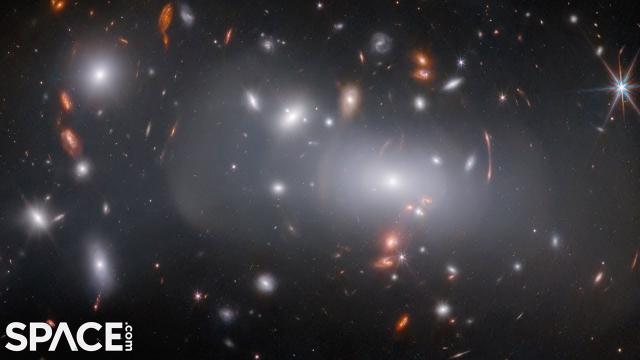
'Time-traveling' James Webb Space Telescope sees galaxy 3 times in same observation - See it in 4K
Added 183 Views / 0 LikesThe James Webb Space Telescope captured massive galaxy cluster RX J2129, located about 3.2 billion light-years away. A ‘supernova-hosting galaxy’ can be seen three times, at 3 different points in time, due to gravitational lensing.Credit: Space.com | foot
-
00:42
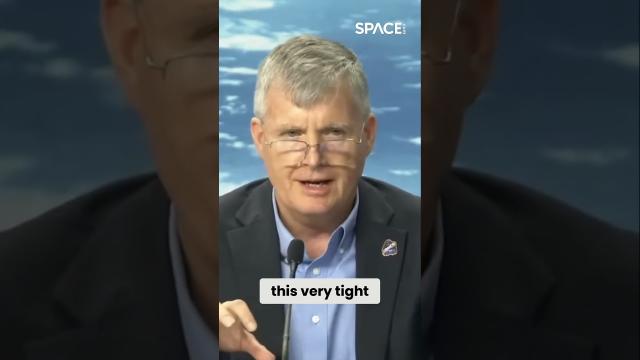
'Too much uncertainty' to bring astronauts back on Starliner #space #shorts
Added 93 Views / 0 LikesNASA chief Bill Nelson and commercial crew program manager Steve Stich explain the decision to bring the Starliner astronauts back to Earth on a SpaceX Dragon.
-
01:13
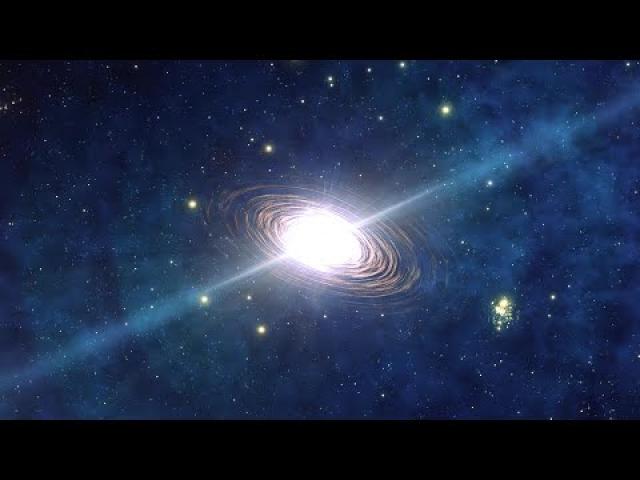
'Traces' of the first stars may have been discovered
Added 151 Views / 0 LikesThe "ancient chemical remains of the first stars " may have discovered using the Gemini North telescope, according to NSF's NOIRLab. [Full Story](https://www.space.com/supernova-traces-from-earliest-stars-discovered)Credit: Images and Videos: PROGRAM/NOIR
-
02:32
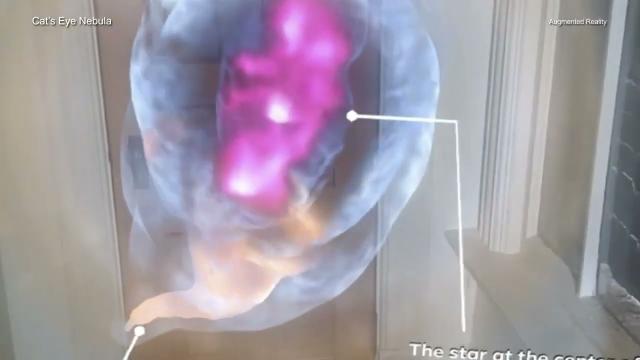
'Travel virtually' through exploded stars in new NASA AR experience
Added 101 Views / 0 LikesData from NASA’s Chandra X-ray Observatory and other telescopes has been used to create an augmented reality experience to visit object in the Universe. Credit: NASA/CXC/A. Hobart
-
03:30
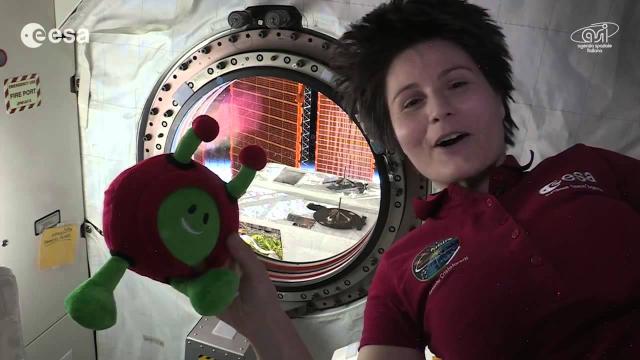
'Twinkle, Twinkle Little Star' Read in Space by ESA Astronaut | Video
Added 537 Views / 0 Likes'Twinkle, Twinkle Little Star' Read in Space by ESA Astronaut | Video
-
01:07
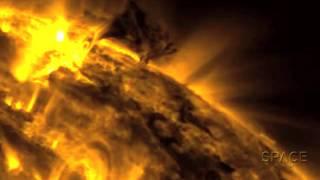
'Twisters' On The Sun Spotted By Spacecraft | Video
Added 718 Views / 0 LikesThe Solar Dynamics Observatory spotted "Sun tornadoes" spinning super-heated plasma off the surface and into Space. Magnetic forces pulled and stretched the plasma for a day (April 29-30, 2014) before sending it on a cosmic journey.
-
01:06
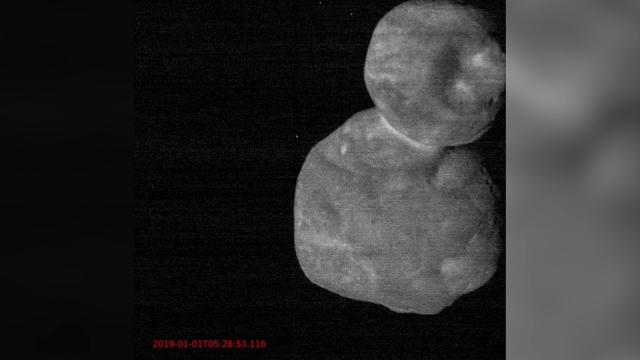
'Ultima Thule' Nearly Fills Single Frame in New Time-Lapse
Added 430 Views / 0 LikesNASA New Horizons’ New Horizons Long Range Reconnaissance Imager (LORRI) captured photos of 2014 MU69, nicknamed “Ultima Thule,” on Jan. 1, 2019. The spacecraft was 4,117 miles (6,640 kilometers) away from it and traveling over 32,000 mph (51,499 km/h) wh
-
02:00
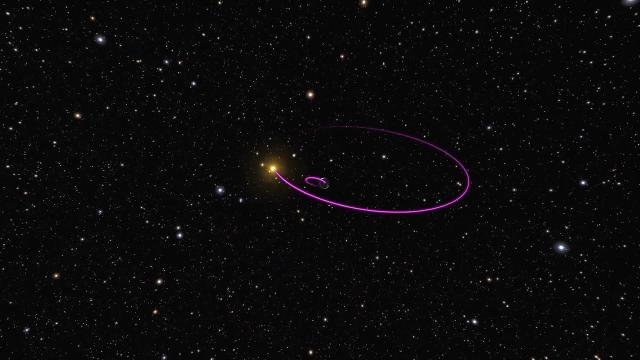
'Unique' black hole that's only 3800 light-years away discovered by Gaia mission
Added 190 Views / 0 LikesESA's Gaia mission has discovered the closest and 2nd closest black holes to Earth found yet. In this animation, travel to latter, black hole Gaia BH2, and see what makes it unique. Credit: ESA/Gaia/DPAC, CC BY-SA 3.0 IGO
-
00:58
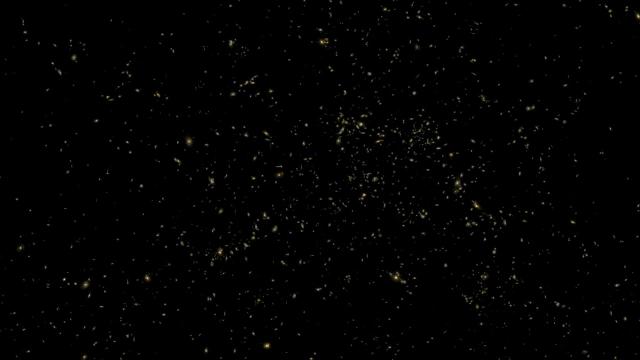
'Universe Machine' Creates Virtual Ride Through Millions of Universes - Fly Through One
Added 364 Views / 0 LikesA supercomputer was used to generate millions of simulated universes to study galaxy evolution. Take a 'Universe Machine' ride: https://www.space.com/virtual-universe-machine-reveals-star-formation.htmlCredit: Behroozi, Wechsler, Hearin, Conroy
-
02:02
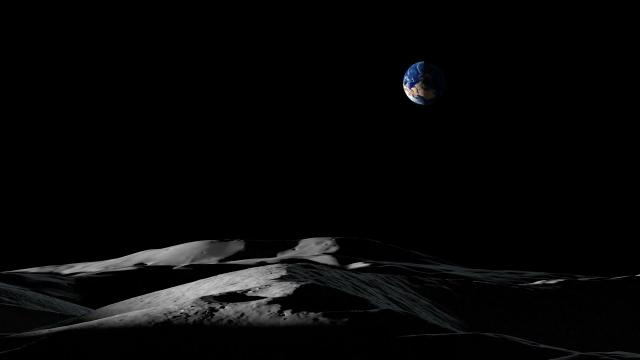
'Upside-down' Earth eclipses Sun from moon's south pole in time-lapsed visualization
Added 253 Views / 0 LikesA three month visualization of the view of the Earth and the Sun from the Moon's Shackleton Crater has been created by NASA. Video credit: NASA's Goddard Space Flight CenterVisualizations by: Ernie Wright (USRA)Narrated by: Ernie Wright (USRA)Produced & E
-
00:58
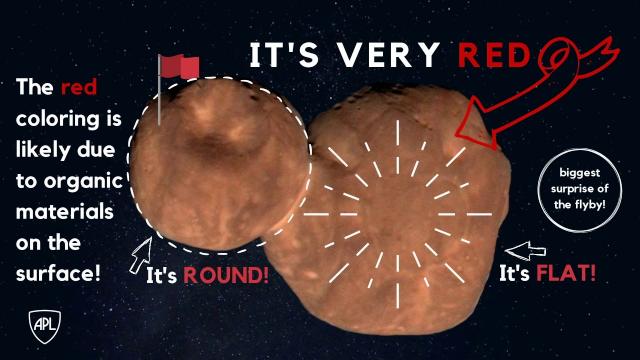
'Very Red' Ultima Thule - New Horizons Team Releases 1st Science Results
Added 470 Views / 0 LikesOn Jan 1, 2019, NASA's New Horizons spacecraft flew by 2014 MU69, nicknamed Ultima Thule. A little over 4 months later, the New Horizons team released the first science results. Highlights here: https://www.space.com/ultima-thule-birth-new-horizons-first-
-
05:53
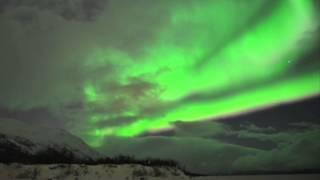
'Virtual Real-Time' Auroras Over Sweden In Amazing New Video
Added 802 Views / 0 LikesPhotographer Chad Blakley (http://lightoverlapland.com) and video editor Tom Malkowicz (http://vimeo.com/channels/thomas) have outdone themselves in a compilation of Northern Lights from 2012 and 2013. Some of the sequences were reproduced to deliver a ne
-
00:37
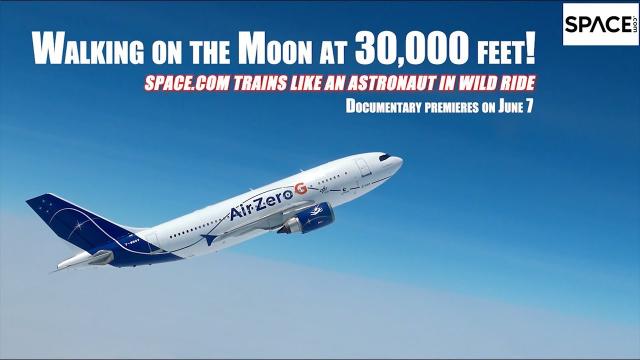
'Walking on the Moon at 30,000 feet!' mini-doc trailer takes you onboard AirZeroG flight
Added 163 Views / 0 LikesGet a sneak peak at the new Space.com mini-documentary "Walking on the moon at 30,000 feet!" in this trailer. It premieres at 11am ET on June 7 - Watch it here: https://youtu.be/-ZapKkbP3sACredit: Space.com | footage courtesy: ESA/Novespace A Future Studi
-
01:50
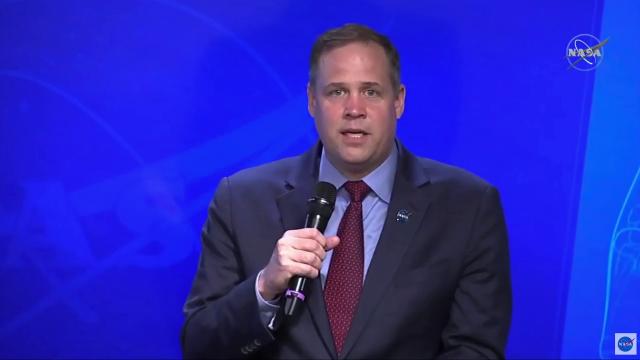
'We are a go' for SpaceX Demo-2 launch after review, says NASA Chief
Added 481 Views / 0 LikesNASA administrator Jim Bridenstine announces that NASA's historic Space Demo-2 launch is a "go" after the Flight Readiness Review was completed on May 22, 2020. Full Story: https://www.space.com/spacex-crew-dragon-demo-2-go-for-launch.htmlCredit: NASA
-
01:30
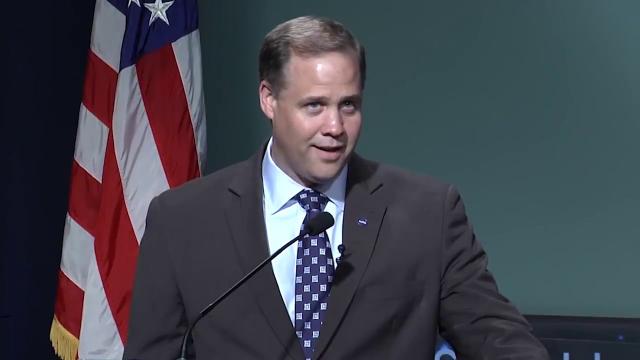
'We Are Going to the Moon’ - New NASA Administrator Says
Added 529 Views / 0 LikesAt the "Lunar Industry Day" at NASA headquarters, the new NASA administrator talked about looking for commercial proposals for delivery of instruments and more to the Moon. -- Moon missions Building a "Railroad" to Mars: https://www.space.com/40534-moon-m
-
04:20
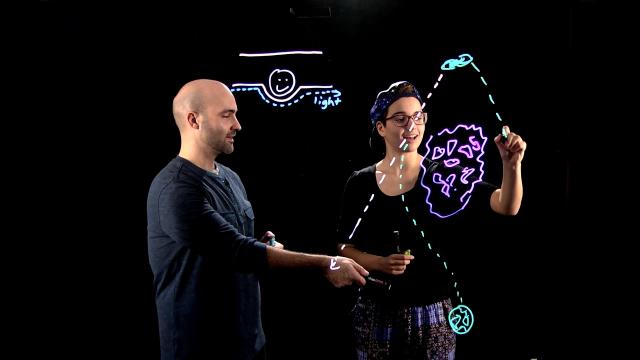
'We Dont Planet' - Episode 3: Gravitational Lensing
Added 615 Views / 0 Likes'We Dont Planet' - Episode 3: Gravitational Lensing
-
01:33
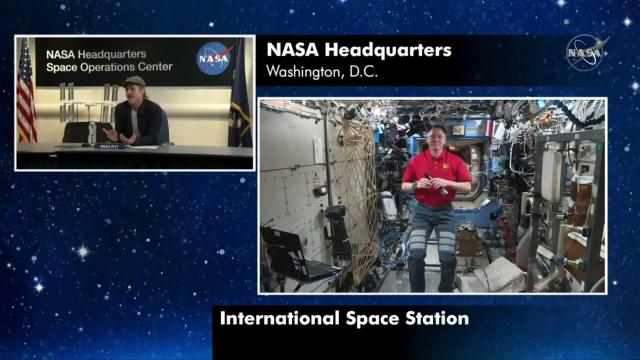
'Who Was More Believable, Clooney or Pitt?' - Brad Pitt Talks to ISS
Added 213 Views / 0 Likes'Ad Astra' actor Brad Pitt talked to NASA astronaut Nick Hague, currently serving aboard the International Space Station, on Sept.16, 2019. He closes the interview on a funny note. Full interview and story coming soon on https://www.space.comCredit: NASA
-
01:28
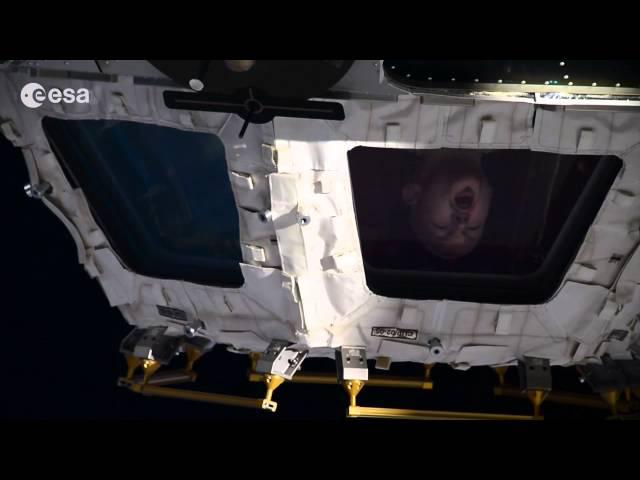
'Windows To Space' + Rising Moon: Outside Space Station | Time-Lapse Video
Added 769 Views / 0 Likes'Windows To Space' + Rising Moon: Outside Space Station | Time-Lapse Video
-
13:16
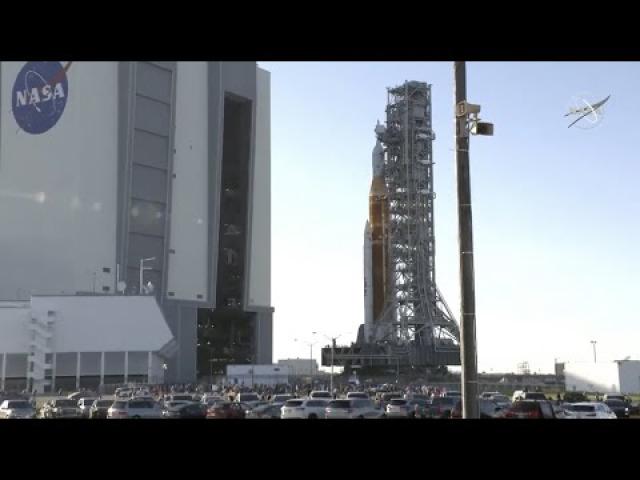
'World's most powerful!' Artemis moon rocket praised by NASA Chief
Added 249 Views / 0 LikesNASA administrator talks about the achievement of the Space Launch System Rocket that will propel NASA Artemis mission to the moon. Credit: NASA
-
01:16
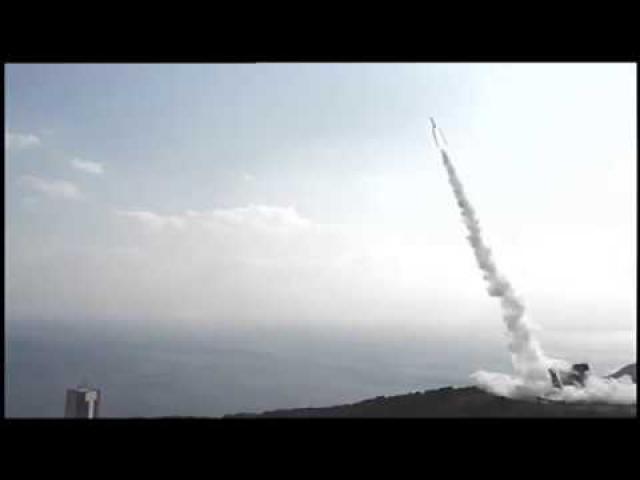
'World's Smallest Satellite Launcher' Puts Cubesat Into Orbit
Added 628 Views / 0 Likes'World's Smallest Satellite Launcher' Puts Cubesat Into Orbit
